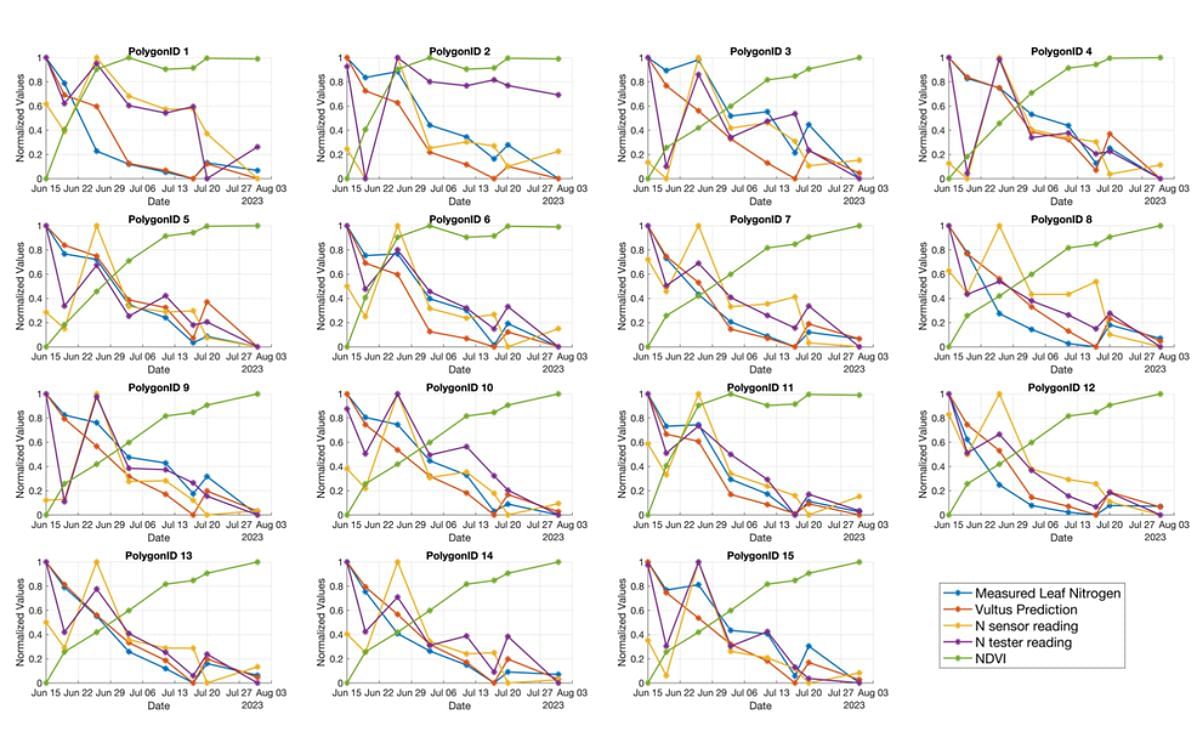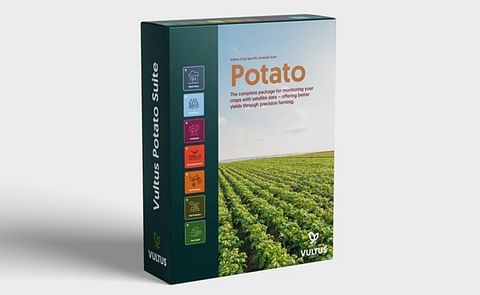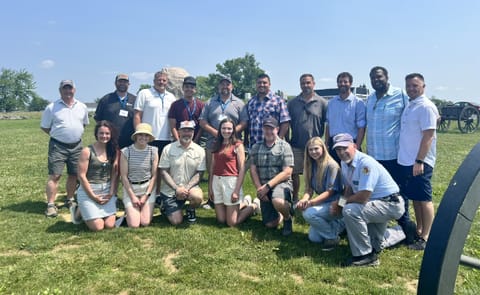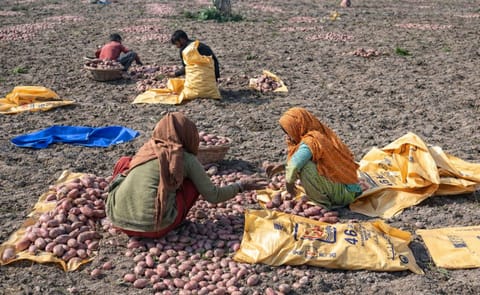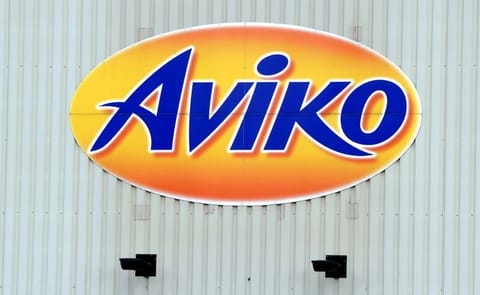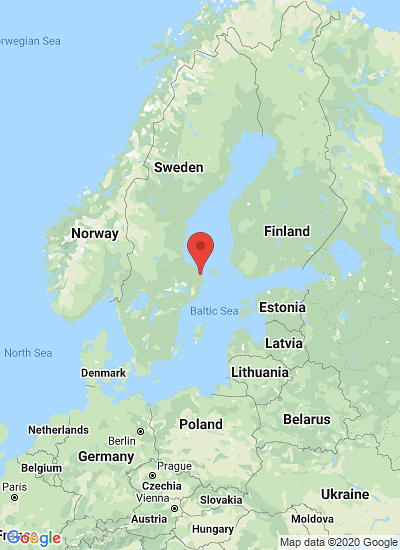Vultus analyses demonstrate exceptional accuracy in Lyckeby's three-year potato field trials, as confirmed by comparative studies.
Comparative studies confirm high accuracy in Vultus analyses during Lyckeby's three-year field trials

On behalf of Vultus, Swedish starch producer Lyckeby, together with Hushållningssällskapet, has conducted field trials aimed at developing an algorithm for the analysis of satellite images that provides potato growers with a clear picture of their fertilization needs throughout the growing season.
The collection of data over three years of field trials has resulted in a unique service for precision fertilization, specifically developed for potato growers.
Comparative studies using petiole analysis as a reference value, performed by students from SLU’s Master’s program, show that Vultus analyses achieve greater accuracy compared to industry-accepted methods.
Per Karlsson, CEO of Vultus:
"The analyses performed by Vultus have proven to be superior in accuracy, aligning with other studies conducted across the Nordic countries and Europe focusing on potatoes."
Within the framework of the collaboration with Lyckeby and Hushållningssällskapet, three years of field trials have been conducted with the aim of developing algorithms for the analysis of satellite images that give the farmer a clear picture of harvest volume and starch content as early as 60 days after sowing.
With an accuracy of over 92%, this allows the farmer to sell their crop on contract before harvest. It also gives the processor, such as potato starch producers, the opportunity to plan production and sales.
Vultus Potato Leaf Nitrogen Model
Vultus potato leaf nitrogen model was developed using a dataset collected over three years by Lyckeby Sweden. This dataset includes measurements of leaf nitrogen content expressed in parts per million (ppm).
Sentinel-2 satellite-derived indices, which represent fractions of absorbed photosynthetically active radiation, leaf area, and leaf chlorophyll content, were employed as input parameters for the model.
Comparison of measured and predicted leaf nitrogen content, along with sensor readings and NDVI values, across 15 trial plots during the 2023 growing season.
The figure illustrates the normalized values of measured leaf nitrogen (depicted by the blue dotted line), Vultus model predictions of leaf nitrogen (represented by the orange dotted line), YARA sensor readings (indicated by the yellow dotted line), YARA tester readings, and the Normalized Difference Vegetation Index (NDVI) derived from Sentinel-2 data (shown by the green dotted line) for 15 different trial plots.
The NDVI values increased from June 15th to the end of July, corresponding with the development of canopy density in the crops. Conversely, leaf nitrogen content decreased over time, as fertilizer was applied prior to planting, a trend clearly depicted by the measured leaf nitrogen content. The Vultus model predictions closely followed the trend of measured leaf nitrogen, particularly in plots with nitrogen application rates ranging from 50 to 150 kg/ha. In contrast, the N sensor and N tester exhibited higher fluctuations, particularly during the second and third measurement intervals.
In conclusion, the Vultus leaf nitrogen model demonstrated superior predictive accuracy compared to the N sensor and N tester readings in this study. Despite the limitations imposed by the spatial resolution of satellite imagery, the findings indicate significant potential for utilizing satellite images to predict leaf nitrogen content at both plot and field scales.

